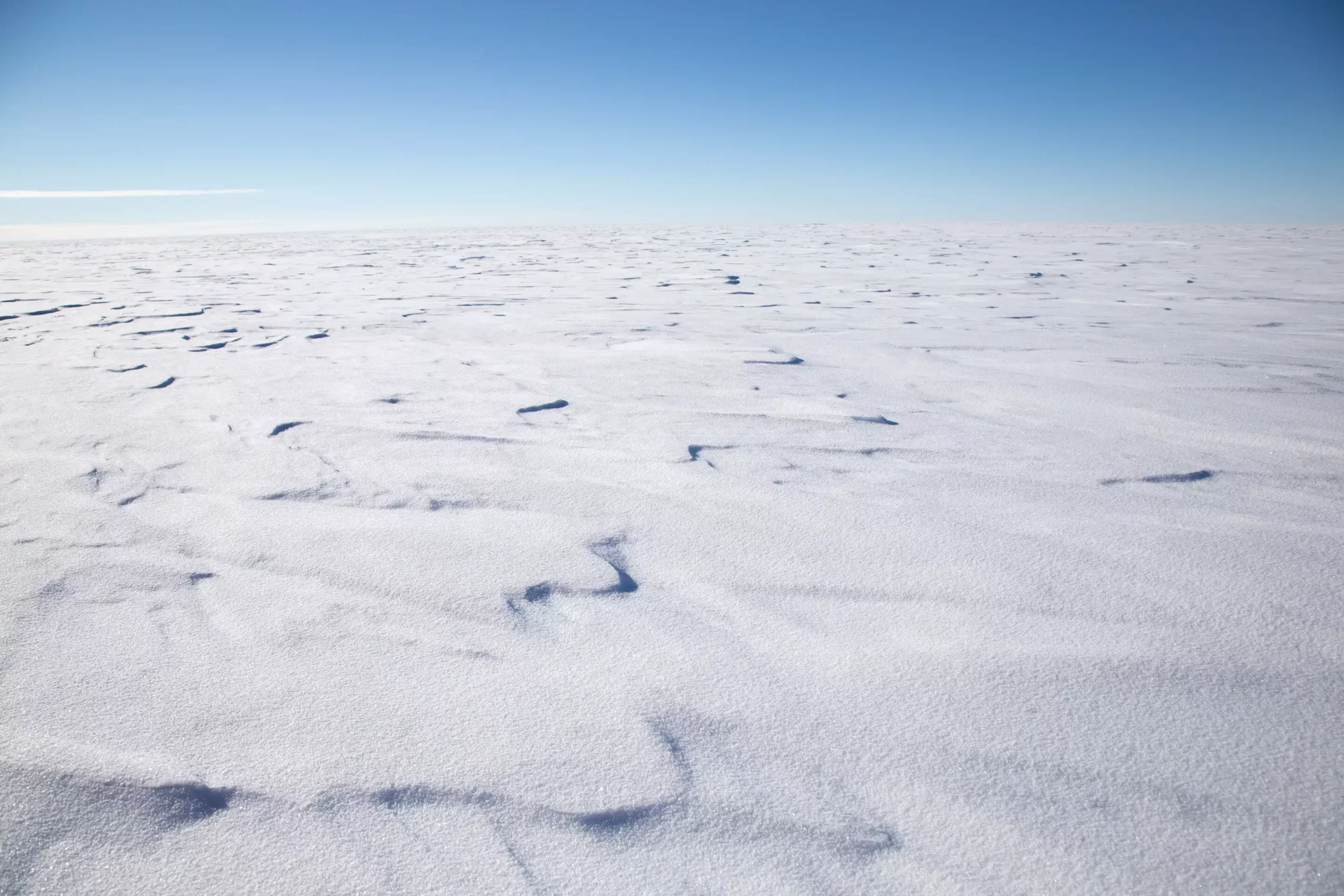The Thwaites Glacier in Antarctica has become an alarming focal point in discussions concerning climate change and its catastrophic potential. New research conducted by a collaboration of British and American scientists reveals that tidal actions on the glacier’s underside will significantly worsen its melting rates throughout the century. As a critical component of the West Antarctic Ice Sheet, the glacier, roughly the size of Florida, plays an essential role in regulating sea levels. The term “Doomsday Glacier” aptly encapsulates the fears surrounding its fate, as its deterioration could trigger severe global consequences.
The Thwaites Glacier has been undergoing retreat for over 80 years, but the pace has alarmingly intensified over the past three decades. This accelerated melting is largely attributed to the interaction between warm ocean waters and the glacier’s structure. Researchers involved in the International Thwaites Glacier Collaboration (ITGC) state that the glacier’s retreat is set to occur even more rapidly in the foreseeable future. According to Rob Larter, a marine geophysicist participating in the research, current findings suggest that not only will Thwaites continue to retreat faster, but other complex dynamics that historical models have overlooked could also amplify this effect.
The concern is not merely academic; the consequences of Thwaites melting are profound. It is estimated that if the glacier were to collapse, it could lead to a sea level increase of approximately 65 centimeters (26 inches). Given that global sea levels are presently rising at a rate of about 4.6 millimeters a year, the prospect of such a dramatic rise should ignite urgency within the scientific community and policymakers.
The newly released research sheds light on the ways in which tidal forces are exacerbating the glacier’s vulnerability. Scientists have utilized advanced underwater robotic technology to study the glacier’s underside and have found it insulated by a thin layer of cold water. Yet, in areas where the ice lifts off the seabed and starts to float, tidal actions inject warm sea water under high pressure as far as 10 kilometers (6 miles) beneath the ice. This process contributes to the disruption of the insulating cold layer, which is crucial for maintaining the stability of the grounding zone—the area where the glacier interacts with the seabed.
Such interactions have already been witnessed in Greenland’s glaciers, providing a concerning precedent. Researchers are raising alarms about scenarios in which towering ice cliffs, potentially over 100 meters high, could form and quickly calve into massive icebergs. This phenomenon may initiate a runaway retreat, elevating sea levels by several centimeters within this century alone, although researchers caution that it is still too early to predict the likelihood of these extreme scenarios.
A critical aspect of the Thwaites Glacier’s fate is the question of whether its loss is already beyond the point of no return. Heavy snowfall in Antarctica can temporarily counteract ice loss, as affirmed by climate scientist Michelle Maclennan from the University of Colorado Boulder. Yet, this snow replenishment is currently insufficient to balance out the rate of ice loss. The disparity between snowfall and melting has raised concerns that increased moisture in the atmosphere—resulting from global warming—might eventually lead to more snow in the Antarctic. However, this is predicted to shift to rain and surface melting in the long term, which would compound the glacier’s vulnerability.
The interplay of various factors, including global temperature rises and human efforts to mitigate climate change, will ultimately determine how quickly Thwaites recedes. The glacier’s future hangs in the balance as nations strive to curb greenhouse gas emissions and control rising global temperatures.
The fate of the Thwaites Glacier is a stark reminder of the changing climate’s impact on our planet. As research continues to delve into this “Doomsday Glacier,” the overarching theme remains clear: the melting of Thwaites could significantly contribute to rising sea levels, with repercussions that extend far beyond the Antarctic. It emphasizes the urgency for global climate action and the need for robust, informed policymaking driven by scientific evidence to stave off the worst effects of climate change. Only through proactive engagement can we hope to mitigate the long-term impacts on sea levels and the ecosystems that depend on stable ice formations.


Leave a Reply